The Key To Seeing (And Saving) Priceless Art
To find out how science and art are intertwined, Arlo Pérez Esquivel talks to Harvard Art Museums’ Narayan Khandekar, about the tools he uses to scientifically analyze paintings. Then, art conservator Liza Leto-Fulton demonstrates how to make paint using pigment and a binding medium, and explains why the human touch is still an important part of conservation.
Episodes
-
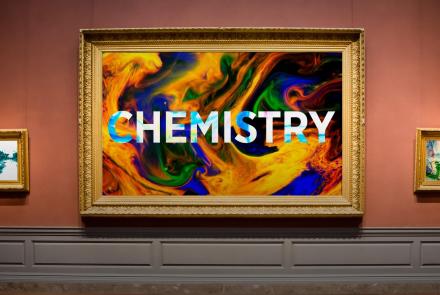
The Key To Seeing (And Saving) Priceless Art
S1 E9 - 9m 43s
To find out how science and art are intertwined, Arlo Pérez Esquivel talks to Harvard Art Museums’ Narayan Khandekar, about the tools he uses to scientifically analyze paintings. Then, art conservator Liza Leto-Fulton demonstrates how to make paint using pigment and a binding medium, and explains why the human touch is still an important part of conservation.
-
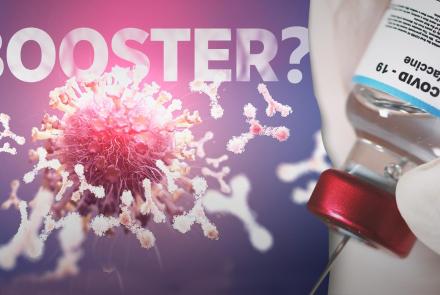
We Tested Our COVID Immunity Every Month
S1 E8 - 14m 44s
Arlo Pérez Esquivel and Caitlin Saks talk to Dr. Raven Baxter, AKA Raven the Science Maven, and Brigham and Women’s Hospital’s Dr. Duane Wesemann to discover how the pandemic has advanced the scientific understanding of antibodies. Then, Dr. Katie Gray at Brigham and Women’s Hospital explains her research on COVID vaccine safety and efficacy in pregnant individuals and their babies.
-
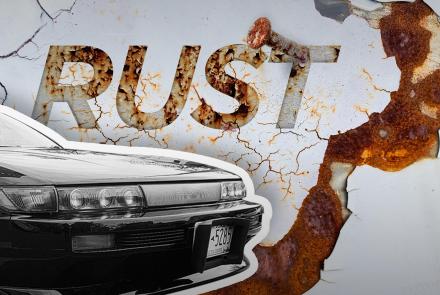
Why Does Metal Rust? (And Why Should We Care?)
S1 E7 - 8m 28s
Caitlin Saks and Arlo Pérez Esquivel team up with fellow NOVA producer Alex Clark to investigate a chemistry problem that has been eating at Alex (or rather, at his classic S13 Nissan Silvia) — rust. But rust isn’t only a challenge for protecting Alex’s sweet ride. It’s also a chemistry problem that engineers must tackle in order to protect the United States’ aging infrastructure.
-
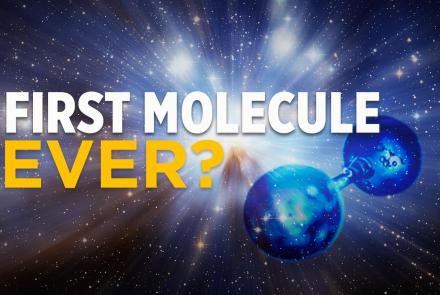
How Did a Plane Find the First Molecule in the Universe?
S1 E6 - 8m 52s
To understand the dawn of chemistry, scientists can’t use test tubes and flasks: They need a modified Boeing 747 jet. Caitlin Saks and Arlo Pérez Esquivel learn all about NASA’s unique SOFIA (Stratospheric Observatory for Infrared Astronomy) mission, and how it was used to detect the first type of molecule in the universe: helium hydride.
-
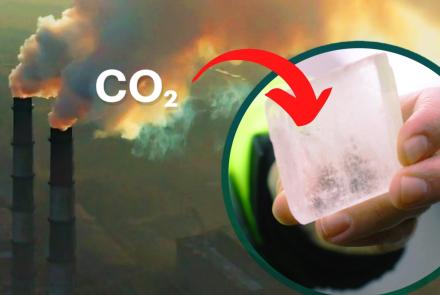
Can Turning CO2 to Stone Help Save the Planet?
S1 E5 - 11m 42s
Caitlin Saks and Arlo Pérez Esquivel, joined by Alex Clark, investigate how the planet naturally turns CO2 into stone, and how scientists are trying to speed up this process. Cornell University Environmental Engineer Greeshma Gadikota illustrates how you can test out carbon sequestration at home. Lamont Doherty Earth Observatory’s Angela Slagle explores scaling up CO₂-to-stone transformation.
-
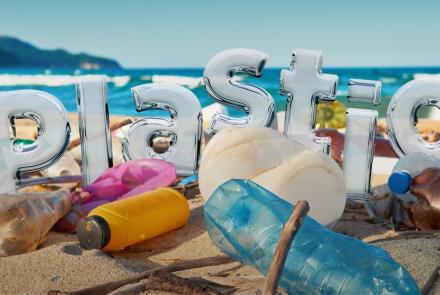
Is Biodegradable Plastic Actually Possible?
S1 E4 - 10m 12s
The Earth is covered in plastic—and we keep making more of it. Caitlin Saks and Arlo Pérez Esquivel join chemist Malika Jeffries-EL in her Boston University lab to explore just what it takes to break down plastics. Berkeley scientist Ting Xu shows how her lab is innovating a truly biodegradable plastic that fully breaks down plastic into its constituent molecules—in nature—in a matter of WEEKS.
-
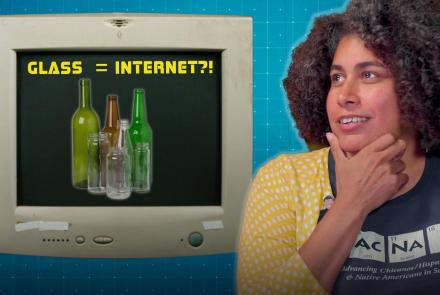
Glass Is Making Your Internet Faster
S1 E3 - 10m 16s
Caitlin and Arlo visit the Diablo Glass School to discover how chemistry plays an important role in glass’s versatility, and how its properties can be manipulated. Dr. Desiré Whitmore — also known as “LaserChick” — uses lasers to demonstrate how information can be transmitted through glass, and explains how that forms the basis of an ever-growing global fiber optic network.
-
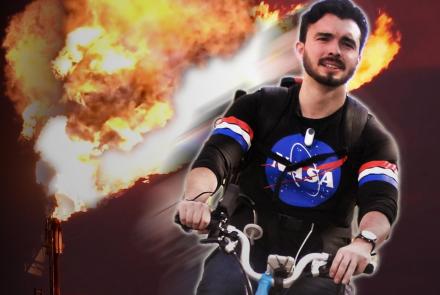
This Explosive Gas is Heating our Planet. Can we Capture it?
S1 E2 - 13m 36s
Controlling methane leaks and emissions is crucial for controlling global climate change. Hosts Caitlin Saks and Arlo Pérez Esquivel investigate this tricky molecule by tracing it to its source, in nature and in the city. They investigate why this molecule is so efficient at heating both our homes and our planet—and how scientists are trying to stem the flow of the molecule into the atmosphere.
-
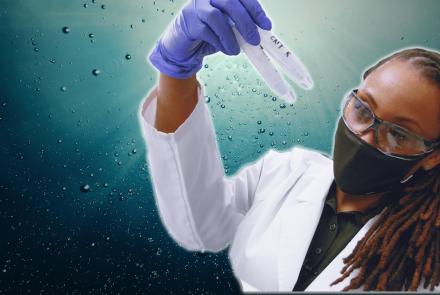
What Does Sweat Have to do with the Global Water Crisis?
S1 E1 - 13m 29s
Why is water so crucial to us—and to all life on Earth? Out of Our Elements hosts Caitlin Saks and Arlo Pérez Esquivel examine their sweat to understand how the molecular structure of water makes it crucial for life as we know it. They also explore how the same molecular properties that make water essential for life come with a downside, helping to explain why we are facing a global water crisis.
WETA Passport
Stream tens of thousands of hours of your PBS and local favorites with WETA Passport whenever and wherever you want. Catch up on a single episode or binge-watch full seasons before they air on TV.
Similar Shows
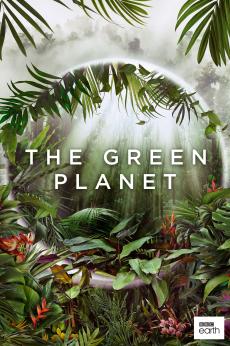
The Green Planet
Science and Nature
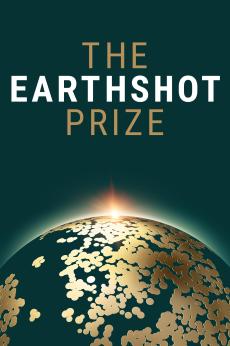
The Earthshot Prize
Science and Nature
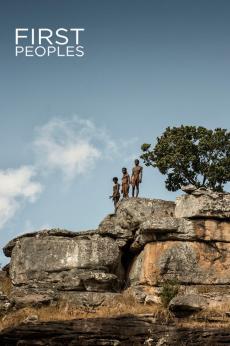
First Peoples
Science and Nature
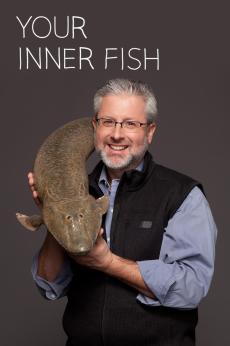
Your Inner Fish
Science and Nature
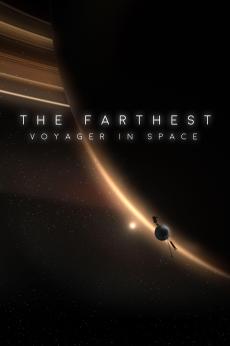
The Farthest
Science and Nature
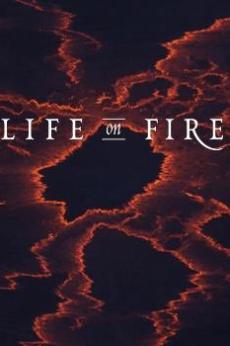
Life on Fire
Science and Nature
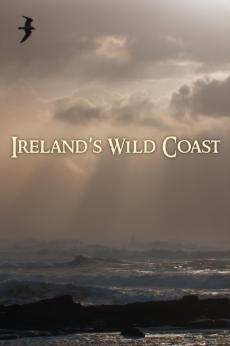
Ireland's Wild Coast
Science and Nature
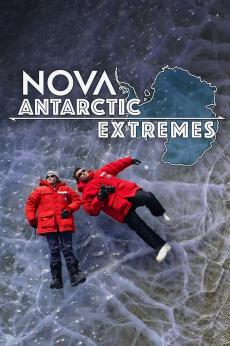
Antarctic Extremes
Science and Nature
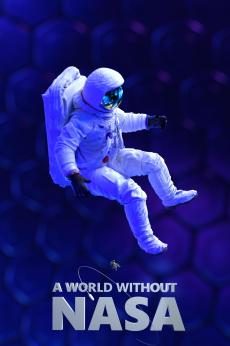
A World Without NASA
Science and Nature
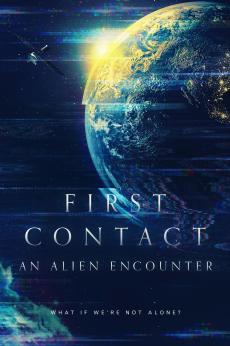
First Contact: An Alien Encounter
Science and Nature